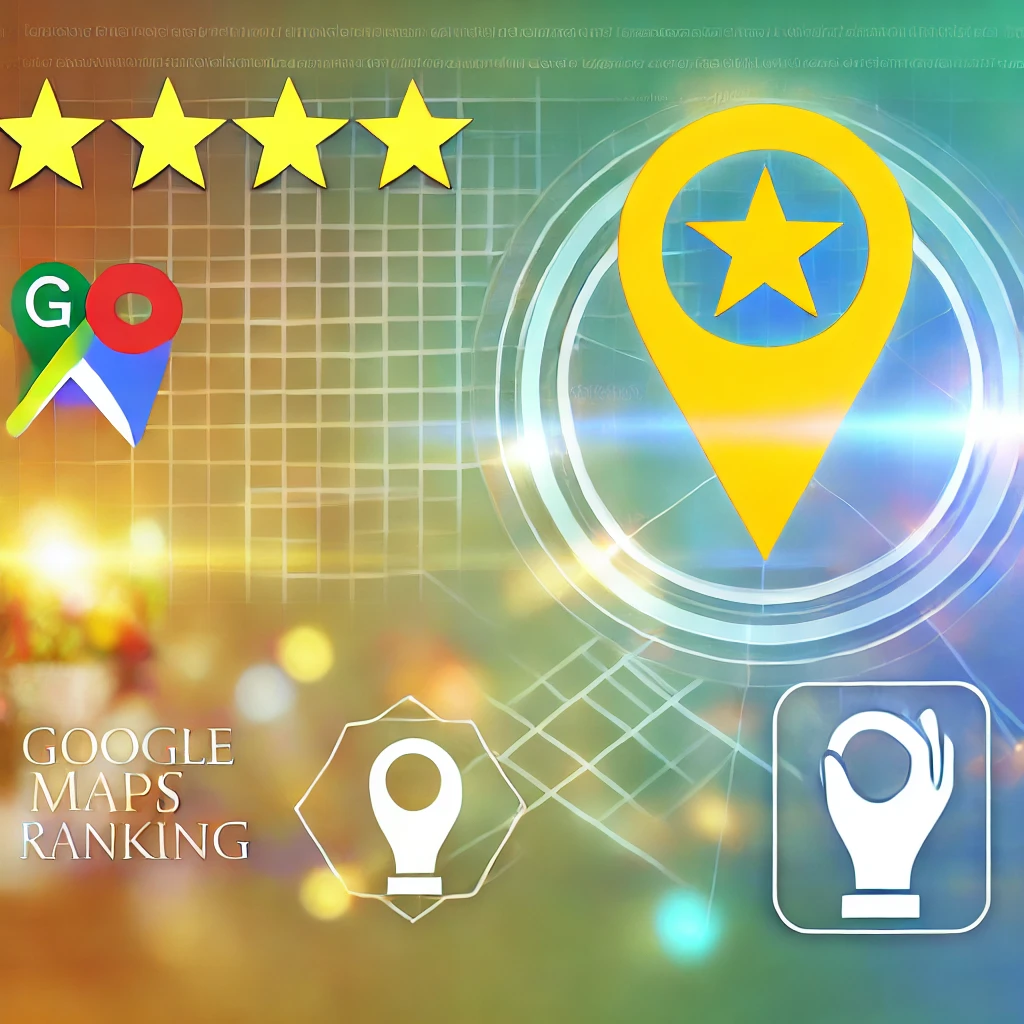Introduction
Ranking high on Google search results is essential for businesses aiming for visibility, credibility, and customer engagement. Being on the first page of Google can dramatically improve traffic, lead generation, and sales, as most users rarely click past the top few results. This guide explores critical SEO techniques that can help your website climb to the top of Google’s search pages.
1. Conduct Keyword Research
- Understand User Intent: Research the keywords and phrases your audience searches. Use tools like Google Keyword Planner, Ahrefs, or SEMrush to analyze keyword volume, competition, and intent. Keywords with high search volume and low competition often yield the best results.
- Leverage Long-Tail Keywords: Long-tail keywords (more specific search phrases) have less competition and often target users with high purchase intent. Incorporating these phrases can help attract relevant traffic.
- Analyze Competitors: Review keywords your competitors rank for and identify gaps in your content that could capture additional search traffic.
2. Optimize On-Page SEO
- Use Keywords Strategically: Include your primary keyword in key areas: headings, meta descriptions, URLs, and throughout the content, without overstuffing.
- Optimize Meta Descriptions and Titles: Meta descriptions and title tags should be concise, descriptive, and contain relevant keywords. This boosts visibility and click-through rates.
- Enhance Image SEO: Use descriptive alt text for images, including keywords where appropriate. This improves accessibility, enhances user experience, and boosts SEO for image searches.
3. Produce Quality Content
- Focus on Value and Uniqueness: Google prioritizes content that offers real value. Create comprehensive, well-researched, and unique content that answers users’ questions and addresses their pain points.
- Maintain Readability: Structure content with headings, bullet points, and short paragraphs to improve readability. Use visuals like images, infographics, and videos to keep readers engaged.
- Use Multimedia Elements: Adding videos, infographics, and images can make your content more engaging, which increases dwell time and encourages shares.
4. Build Backlinks
- Engage in Guest Blogging and Partnerships: Contribute to reputable websites within your industry, linking back to your content to improve authority and visibility.
- Prioritize Quality over Quantity: Backlinks from high-authority websites carry more weight than multiple low-value links. Prioritize earning links from trusted sites over the sheer number of backlinks.
- Strengthen Internal Links: Link to related pages within your website to boost page authority, improve navigation, and keep users engaged.
5. Keep Content Fresh
- Update Old Content: Regularly refresh older posts with updated information, new keywords, and recent insights to maintain their relevance.
- Stay Relevant with Seasonal Updates: Align some content with trends, holidays, or current events to keep it timely and relevant, which can enhance visibility.
- Analyze Performance Regularly: Use tools like Google Analytics to track which content needs refreshing based on traffic trends and engagement.
Conclusion
Mastering these SEO strategies can help your content reach a higher Google ranking, improving visibility and credibility with potential customers. Regularly updating your SEO practices in response to algorithm changes and keeping your content current are key to staying competitive in Google search results.


